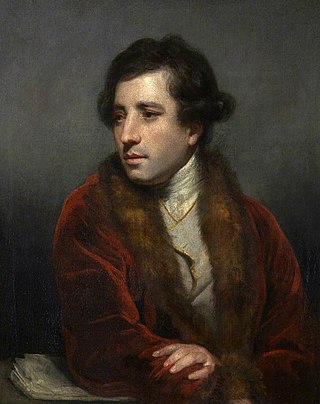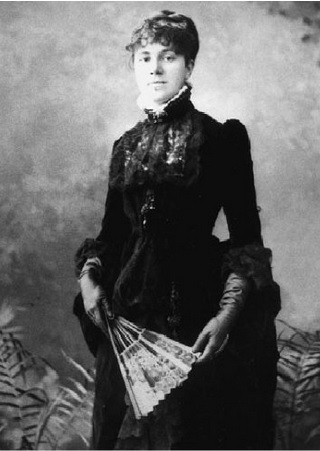
Francesco Bartolozzi was an Italian engraver, whose most productive period was spent in London. He is noted for popularizing the "crayon" method of engraving.

John Martin was an English painter, engraver, and illustrator. He was celebrated for his typically vast and dramatic paintings of religious subjects and fantastic compositions, populated with minute figures placed in imposing landscapes. Martin's paintings, and the prints made from them, enjoyed great success with the general public, with Thomas Lawrence referring to him as "the most popular painter of his day". He was also lambasted by John Ruskin and other critics.

Sir Francis Job Short PPRE was a British printmaker and teacher of printmaking. He revived the practices of mezzotint and pure aquatint, while expanding the expressive power of line in drypoint, etching and engraving. Short also wrote about printmaking to educate a wider public and was President of the Royal Society of Painter Etcher & Engavers from 1910 to 1938. He was a member of the Art Workers' Guild and was elected Master in 1901.

Sybil Andrews was an English-Canadian artist who specialised in printmaking and is best known for her modernist linocuts.

John Thomson FRGS was a pioneering Scottish photographer, geographer, and traveller. He was one of the first photographers to travel to the Far East, documenting the people, landscapes and artefacts of eastern cultures. Upon returning home, his work among the street people of London cemented his reputation, and is regarded as a classic instance of social documentary which laid the foundations for photojournalism. He went on to become a portrait photographer of high society in Mayfair, gaining the royal warrant in 1881.

Julia Copus FRSL is a British poet, biographer and children's writer.

Wallerant Vaillant was a painter of the Dutch Golden Age and one of the first artists to use the mezzotint technique, which he probably helped to develop.

Emily Sartain was an American painter and engraver. She was the first woman in Europe and the United States to practice the art of mezzotint engraving, and the only woman to win a gold medal at the 1876 World Fair in Philadelphia. Sartain became a nationally recognized art educator and was the director of the Philadelphia School of Design for Women from 1866 to 1920. Her father, John Sartain, and three of her brothers, William, Henry and Samuel were artists. Before she entered the Pennsylvania Academy of the Fine Arts and studied abroad, her father took her on a Grand Tour of Europe. She helped found the New Century Club for working and professional women, and the professional women's art clubs, The Plastic Club and The Three Arts Club.
Carol Wax is an American artist, author and teacher whom the New York Times called "a virtuoso printmaker and art historian" for her work in mezzotint and her writings on the history and technique of that medium.

Birgit Skiöld was a Swedish master printmaker and modernist artist who ran the highly successful Print Workshop in the basement of 28 Charlotte Street, London from 1958 to the late 1970s. She was a noted member of the London art scene during that period, and her life is commemorated by an eponymous award for innovation in printmaking.
Linda Threadgill is an American artist whose primary emphasis is metalsmithing. Her metal work is inspired by forms of nature and the interpretations she gleans from the intricate patterns it presents. She explores the foundation of nature to allude to nature and transform it into re-imagined, stylized plants forms.

Barbara van Beck was an entrepreneur and celebrity who lived with a condition whereby her face and much of her body were covered with hair.
Constance Mary Pott, RE, was an English printmaker and teacher active during the late nineteenth century and the twentieth century. She became technical and teaching assistant to the teacher and printmaker Sir Frank Short at the Royal College of Art from 1902 until Short's retirement in 1924. In her day she was recognized as a pioneer in the etching revival, for her dynamic, versatile mastery of technique and line, for the spacious evocation of landscape in her plates, and for her formal professional occupation, all exceptional achievements by any standards, but more especially so in their combining in her to overcome societal disapproval of professions for women. As a teacher she had a powerful and acknowledged influence upon a whole generation of engravers who passed through the College. However, she long outlived the fashion of that movement, and her central role in it was for a time almost forgotten. Examples of her own works, principally etchings, are held in leading national collections, and appear in the salerooms. She is sometimes confused with her mother, Constance Mary née Fearon, Mrs Henry Pott (1833-1915).

Irene Stella Rolph Langdale was an English and Canadian artist. She was commonly referred to as Stella Langdale.

Alfred Priest was an English painter of landscapes and marine artist, and a member of the Norwich School of painters. Born in Norwich, he was educated to follow his father in becoming a pharmacist, but he left home to work at sea, before briefly working as an apprentice surgeon.

Coreen Mary Spellman (1905–1978) was an American printmaker, painter, and teacher active in Texas from the 1920s until her death in 1978.
Ethel Kirkpatrick (1869–1966) was a British painter, printmaker and jeweller. She was a marine and landscape painter, mainly working in oil and watercolour but also producing woodcuts.
Aileen Mary Edith Elliott was a British artist known for her paintings of boats and harbour scenes.
Daphne Reynolds was an English printmaker in mezzotint and painter. She began painting full-time in 1950, with her earliest works produced from watercolours and later oil. One of her painting was selected by Harold Wilson, the Prime Minister, to be hung as a decoration in his study in 10 Downing Street. Reynolds became known for her studying of the arid landscapes of Arizona and New Mexico in 1968 but switched to mezzotint printmaking in middle-age. From 1964 to 1967, she was chair of the Women's International Art Club and was a fellow of the Printmakers Council. A memoir of Reynolds was written and published by her husband Graham Reynolds for close friends of the couple in 2007.
Leonard Marchant RE was a painter and printmaker, particularly admired as a master of the mezzotint.


















